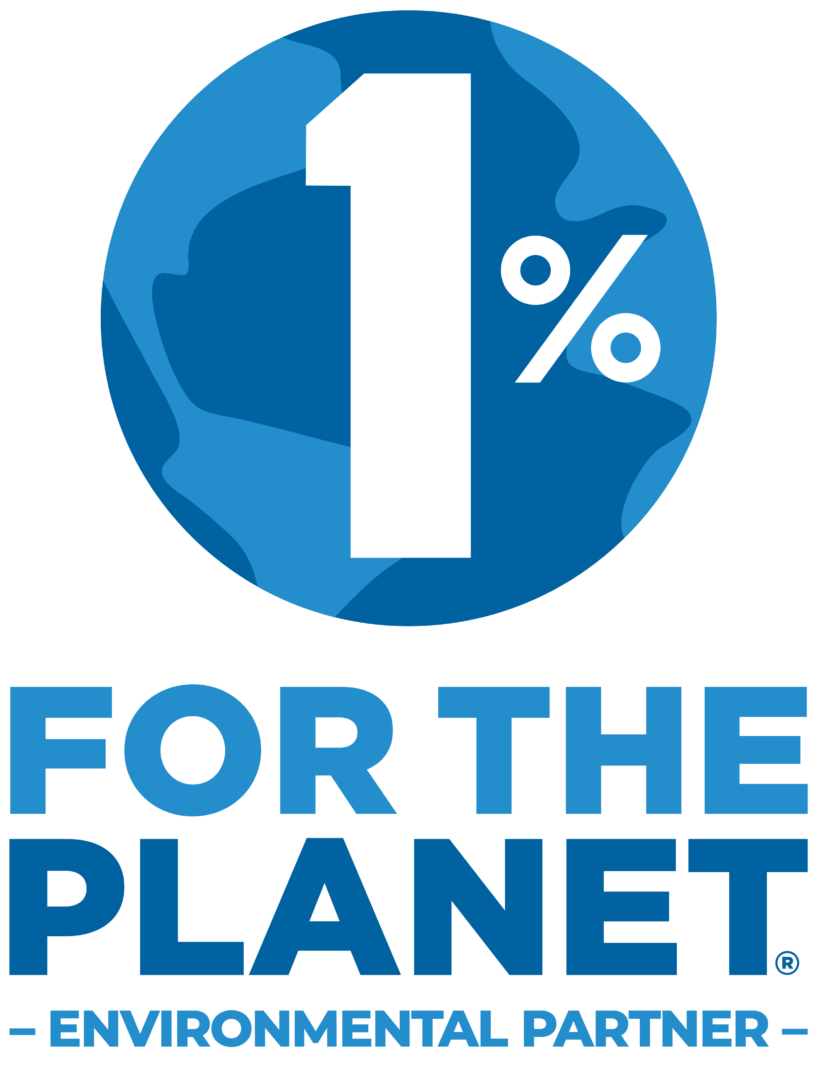What happens when the line gets blurry between sustainability and marketing?
Over the past decade, clothing giant H&M has received much criticism for the company’s environmental impact and the working conditions of its manufacturers. After the fatal collapse of a factory in Bangladesh killed 1138 workers in 2013, H&M became the first and largest brand to sign an agreement to improve these conditions.
Two years after the collapse, H&M released a line called H&M Conscious. They promoted the fact that all items made under this line would be from eco friendly materials. They emphasized ethical working conditions. H&M also launched an initiative to use 100% recycled materials by 2030 and to be completely climate positive by 2040.
Not everybody was convinced by the clothing manufacturer’s efforts, however. Norway’s government declared that the label’s explanation of sustainability was unsatisfying. Consumer Authority Director Bente Øverli explained that “since H&M are not giving the consumer precise information about why these clothes are labeled Conscious we conclude that consumers are being given the impression that these products are more sustainable than they actually are.”
He wasn’t alone in his critique. A series of bloggers highlighted how H&M had not delivered on its 2013 commitment to pay 850,000 workers a living wage by 2018. The manufacturer was still linked to toxic dyes and pesticides and other materials. Was this effort more of a public relations move than a real commitment?
One of the more compelling arguments to be made against such a line was that at the end of the day, the company still promoted the idea of fast fashion. The planned obsolescence of clothes meant that items were never intended to still be fashionable or durable three years after purchase. As journalist Marc Bain put it, “a landfill overflowing with organic cotton is still an overflowing landfill.”
There’s a case for and against incomplete efforts to improve a company’s supply chain
As large companies strive to become more sustainable- whether motivated by ethics or consumer demand- one should expect a lot of imperfect attempts. Sustainability has many layers, and small positive changes may still be made in a larger context that has negative implications.
The story of H&M is a fitting example. The website goodonyou.eco rated their attempt ⅗ with the conclusion that- it’s a start. They acknowledged that H&M took many steps in the right direction, but still had a lot of room for improvement. As an alternative, they recommended buying from other brands that last longer.
In simple terms, this makes sense. The chemicals used to produce mass quantities of cotton isn't the only problem. Fast fashion produces large amounts of emissions by constantly transporting large volumes of fabric. Being skeptical of a company’s sustainability campaign reflects a desire to make an actual difference, not just to assuage guilt.

A garment factory in Colombo, Sri Lanka.
On the other hand, perhaps it’s important for these efforts to be successful. The clothing industry is still responsible for about 5.4% of global carbon emissions, and gigantic manufacturers like H&M, Gap, and Nike represent a large portion of that. These corporations invest heavily in data analysis to see which decisions were profitable- meaning that significantly stronger responses to their more ethical products sends a message.
Large corporations and manufacturers are unlikely to go away. Perhaps a more pragmatic approach to sustainability overall is to keep them motivated to continue to reevaluate their methods.
Perhaps there are a few more questions we need to ask ourselves
At the end of the day, the most important questions might not be about whether to support one company or not, but what our hopes and motivations really are. Here are a few more helpful questions to ask ourselves-
In general, are we okay with imperfect progress? There may be instances where a specific effort is truly more harmful than helpful, but are we going to be able to tell the difference between that and steps in the right direction?
What are our deeper motivations? Is it to help people and respect creation? Is it to try and save the planet? To duck away from guilt? These are things that are always worth examining.
What is the true cost of my decision? Not just the price tag. Think about the journey the item has taken from farms and fields to factories to the store. How did it impact the people who interacted with it along the way? Was it positive? Negative? A bit of both?
Asking questions like these often remind us that there can be many gray areas when it comes to the causes and effects of specific decisions. We can't forget our higher purpose: standing with the vulnerable and being the best stewards of our resources.
To help communities struggling with poverty create more opportunities for themselves, learn about becoming a Purpose Partner. This program blends together the importance of environmental restoration along with economic development. Just $22 a month can help a village over time.

















